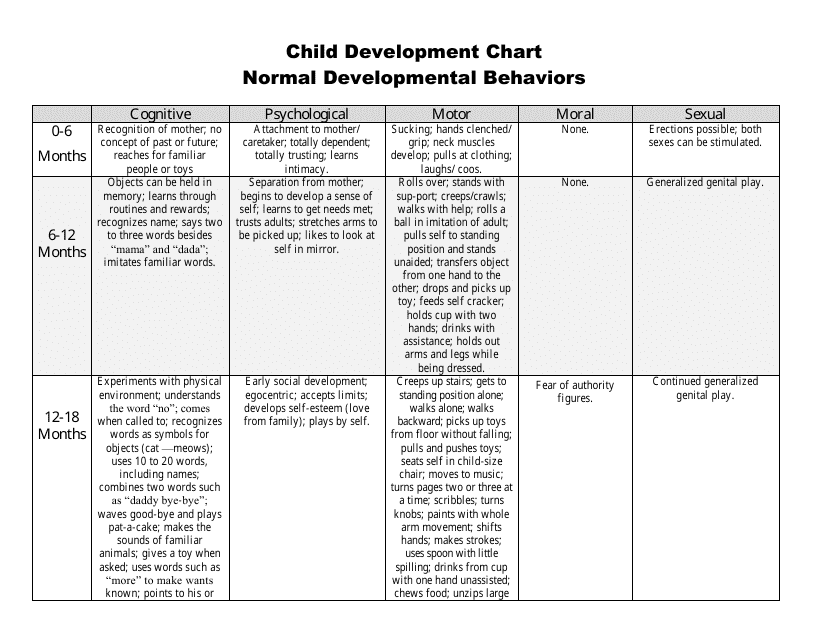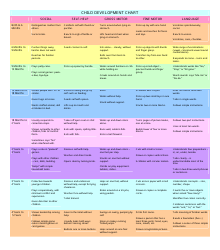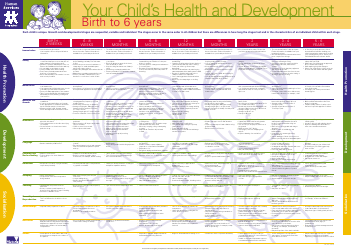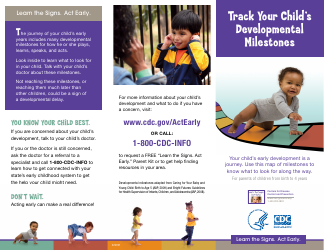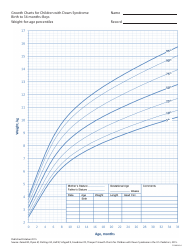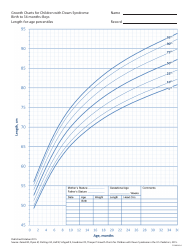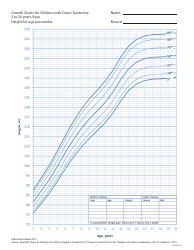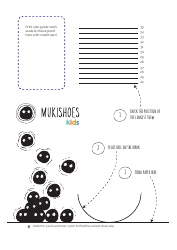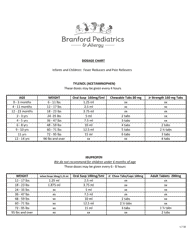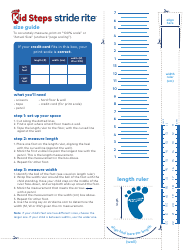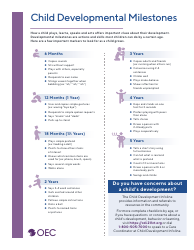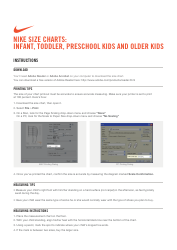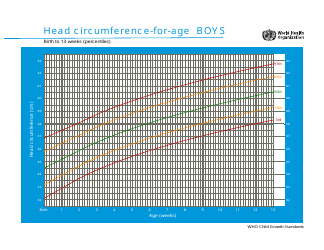Child Development Chart - Normal Developmental Behaviors
The Child Development Chart - Normal Developmental Behaviors is a resource that helps parents, caregivers, and educators track and understand the typical milestones and behaviors that children exhibit as they grow and develop. It provides information on physical, cognitive, social, and emotional development in children from birth to early adulthood, serving as a guide to ensure healthy and appropriate growth.
The Child Development Chart - Normal Developmental Behaviors is typically filled out by parents, caregivers, or healthcare providers.
FAQ
Q: What is a child development chart?
A: A child development chart is a tool that helps track and monitor the milestones and expected behaviors of children at different ages.
Q: Why is it important to know about normal developmental behaviors?
A: Knowing about normal developmental behaviors helps parents and caregivers identify if a child is progressing as expected or if there may be a developmental delay or concern.
Q: What are some examples of normal developmental behaviors in infants?
A: Some examples of normal developmental behaviors in infants include reaching for objects, rolling over, babbling, and responding to their name.
Q: What are some examples of normal developmental behaviors in toddlers?
A: Some examples of normal developmental behaviors in toddlers include walking independently, using simple words and phrases, showing interest in playing with other children, and starting to display independence.
Q: What are some examples of normal developmental behaviors in preschool-aged children?
A: Some examples of normal developmental behaviors in preschool-aged children include counting to 10, following multi-step directions, engaging in imaginative play, and being able to dress and undress independently.
Q: What should I do if I have concerns about my child's development?
A: If you have concerns about your child's development, it's important to talk to your child's pediatrician or a developmental specialist. They can provide guidance and support, as well as recommend any necessary evaluations or interventions.
